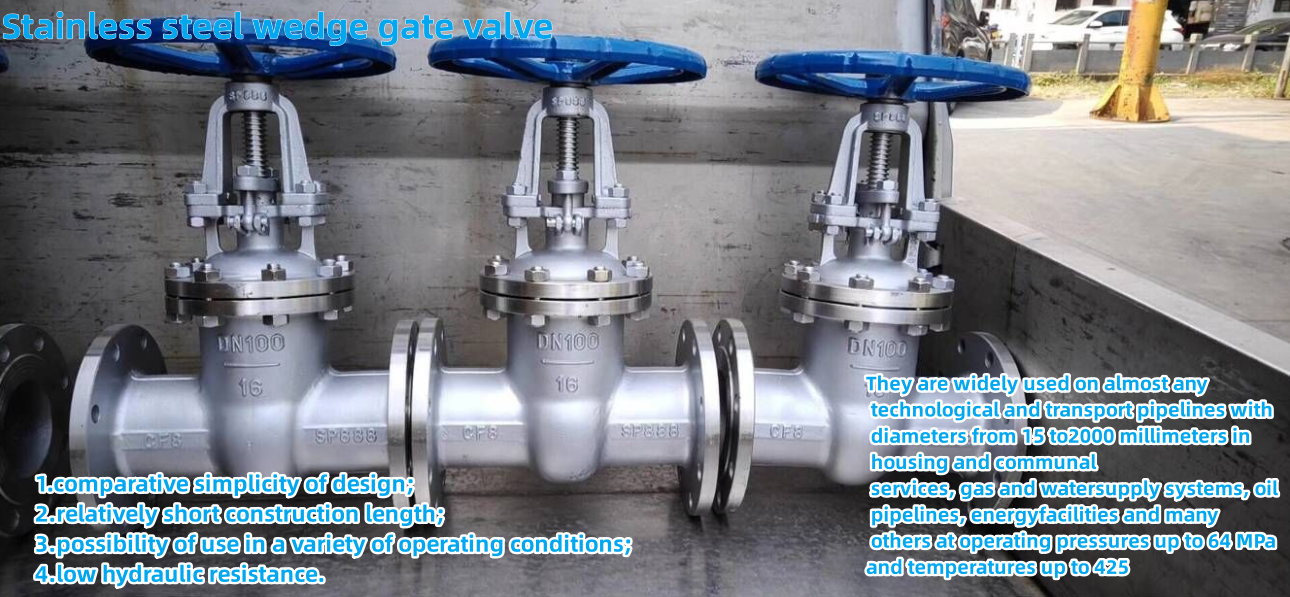flange price
Understanding Flange Prices Factors Influencing Cost and Market Trends
Flanges are crucial components in various industrial applications, serving as connectors between different segments of piping systems. They provide a reliable seal and facilitate quick disassembly, making them vital for both construction and maintenance operations. However, the price of flanges can vary significantly based on multiple factors. Understanding these aspects can help businesses make informed procurement decisions.
Key Factors Influencing Flange Prices
1. Material Composition The material from which flanges are made plays a pivotal role in determining their price. Common materials include carbon steel, stainless steel, alloy steel, and PVC. Stainless steel flanges, for instance, tend to be more expensive due to their corrosion resistance and strength, making them ideal for harsh environments. Meanwhile, carbon steel flanges offer a cost-effective solution for general applications. The fluctuating prices of raw materials in the global market can also impact flange prices, as suppliers adjust their rates in response to material costs.
2. Size and Specifications Flanges come in various sizes and specifications, which also heavily influence their price. Larger flanges with more complex designs or specific pressure ratings require more material and manufacturing precision, thus increasing their costs. Custom flanges tailored to unique project requirements often come with a premium, as they necessitate specialized production processes.
3. Manufacturing Processes The method of production can significantly affect flange pricing. Processes such as forging, casting, or machining each have different cost structures. Forged flanges generally offer superior strength and reliability, making them a preferred choice in high-pressure applications, but they also come at a higher price. Conversely, cast flanges may be less expensive but might not provide the same level of performance under extreme conditions.
4. Market Demand and Economic Conditions Flange prices are also influenced by the broader economic environment. Fluctuations in demand—driven by construction booms, oil and gas exploration, or infrastructure developments—can lead to price increases. For instance, during periods of high demand, suppliers may raise prices due to limited availability. Global events, such as trade policies, tariffs, and pandemics, can disrupt supply chains and further impact prices.
flange price

5. Location and Logistics The geographic location of suppliers and the associated logistics costs can also affect flange prices. Shipping costs, tariffs, and regional market demand may result in price variations. For companies operating in remote areas, sourcing flanges might entail higher transportation costs, impacting the final price.
Current Market Trends
As of late 2023, the flange market has witnessed several noteworthy trends. The ongoing emphasis on sustainability has nudged manufacturers towards adopting eco-friendly practices. This shift may initially lead to increased costs as companies invest in greener production methods. However, as the industry adapts, prices may stabilize or even decrease in response to more efficient processes.
The oil and gas sector, a significant consumer of flanges, has shown signs of recovery after a downturn driven by fluctuating oil prices. This resurgence in demand is likely to contribute to an uptick in flange prices. Furthermore, the ongoing global infrastructure stimulus initiatives are expected to bolster demand for various industrial components, including flanges, thereby influencing their market prices.
Conclusion
Understanding the various factors that contribute to flange prices is essential for businesses looking to procure these critical components. By considering material, size, manufacturing processes, market dynamics, and logistics, companies can make more informed purchasing decisions. As the market continues to evolve in response to economic changes and industry trends, staying abreast of these factors will be crucial for optimizing costs and maintaining competitive advantage. In conclusion, being aware of the intricacies surrounding flange pricing not only aids in effective budgeting but also enhances overall project management in industrial settings.
-
The Key to Fluid Control: Exploring the Advantages of Ball Valves in Industrial SystemsNewsJul.09,2025
-
The Versatile World of 1, 2, and 3 Piece Ball ValvesNewsJul.09,2025
-
Stainless Steel Ball Valves: The Ideal Choice for Efficient Flow ControlNewsJul.09,2025
-
Optimizing Fluid Control with Ball Float ValvesNewsJul.09,2025
-
Manual Gate Valves: Essential for Control and EfficiencyNewsJul.09,2025
-
Everything You Need to Know About Butterfly ValvesNewsJul.09,2025
-
The Versatility of Wafer Type Butterfly ValvesNewsJul.08,2025




